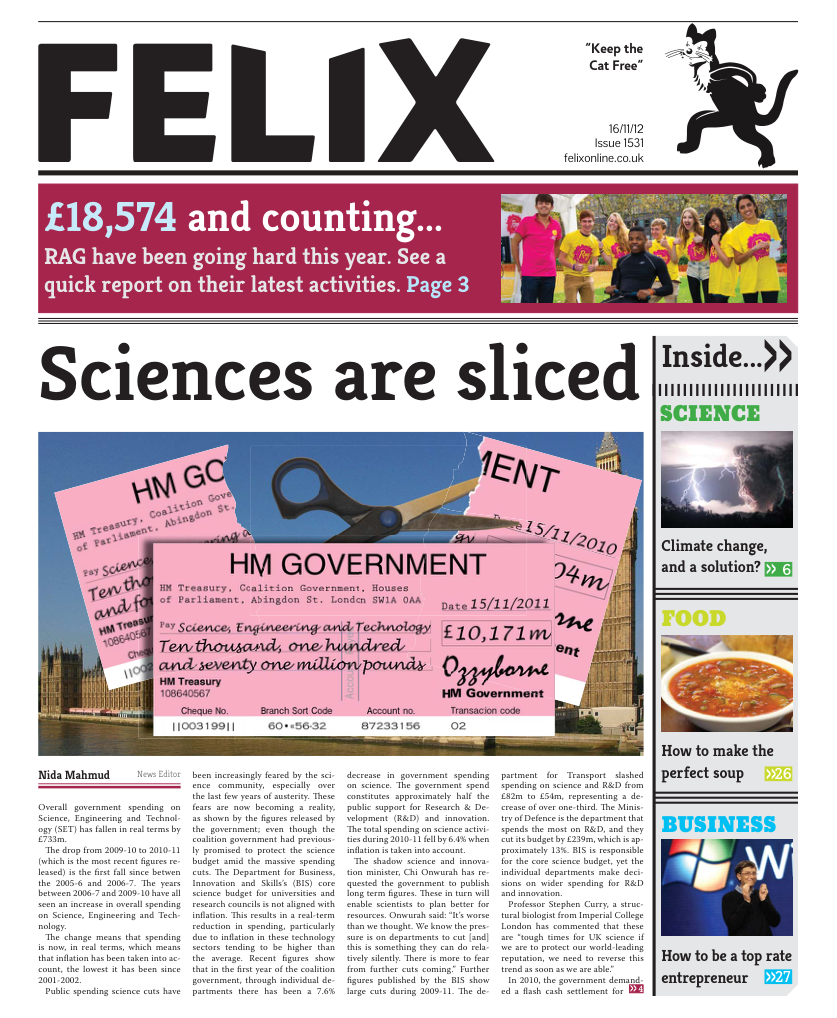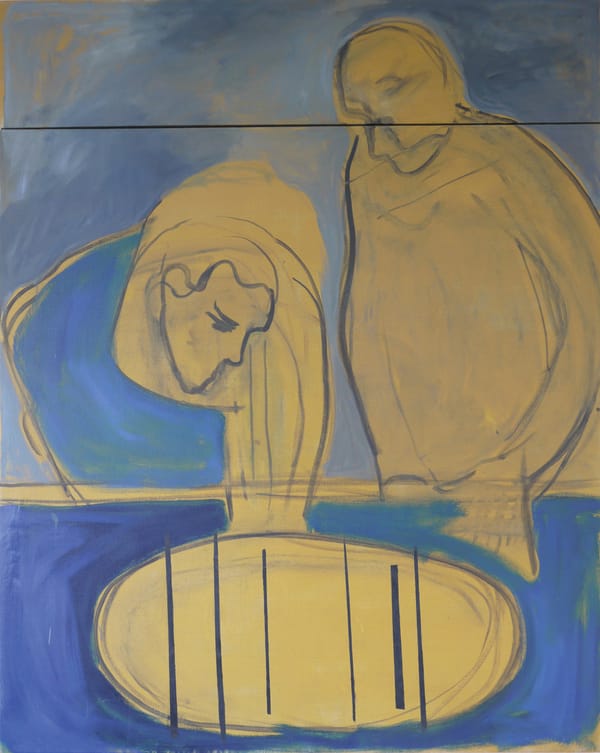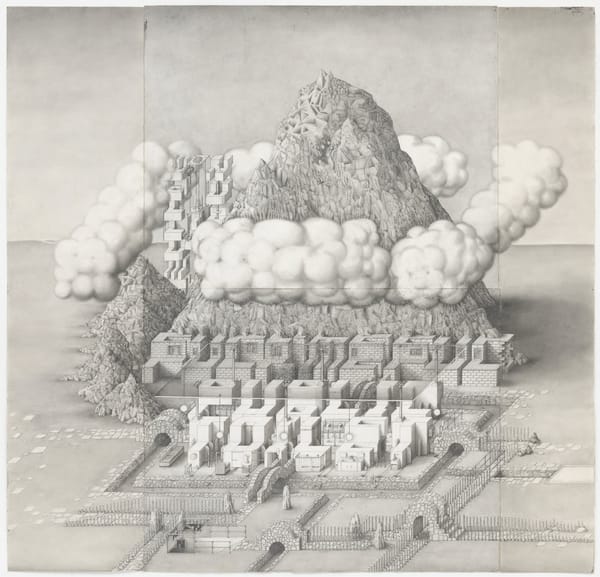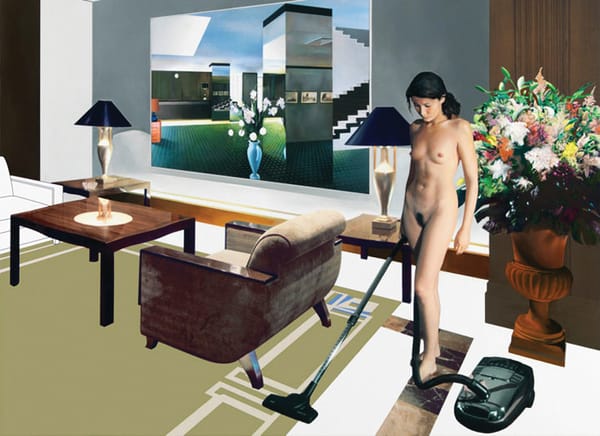Moving pictures at the Barbican
Lily Le goes on an emotional and interesting journey
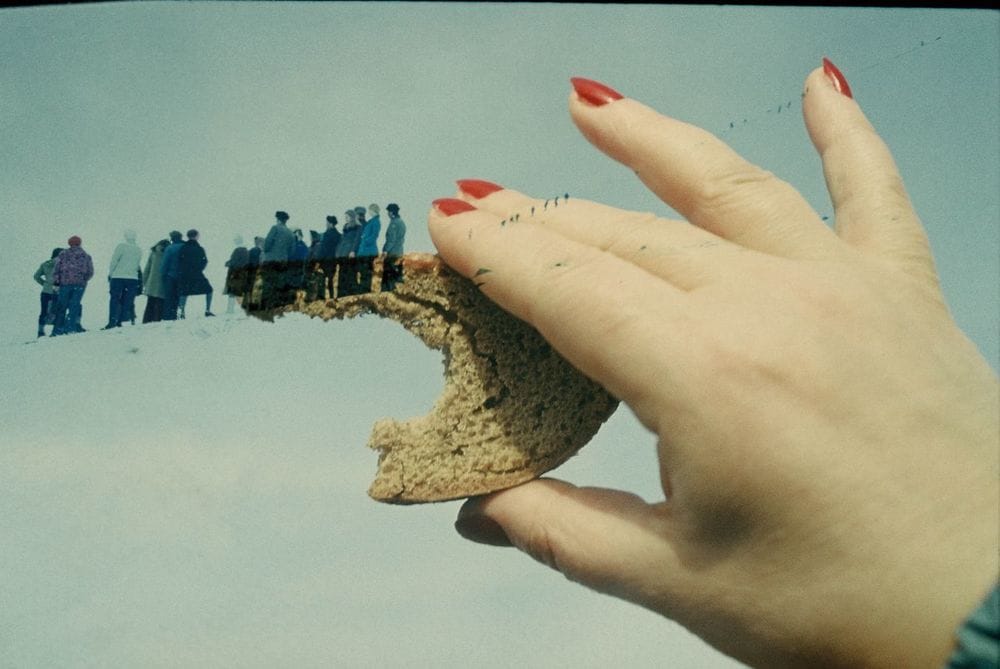
Everything is, has been, and always will be, moving. Memories of these movements shape our worlds. They metamorphose into nostalgia, sometimes even for times and places we have never physically accessed. Obsessions with an idealised past are manifested through the way in which we portray our world today; we usecommodities such as retro-style clothing or the Instagram app.
The current exhibition at the Barbican explores this notion during the 60s and 70s, an era of defined social, political, and photographic revolution. Objectivity through the lens is captured by the subjectivity of 12 photographers from around the globe, resulting in historic snapshots served up for modern day interpretation.
The exhibition starts with photographs by David Goldblatt, which contrast the “minutiae of Afrikaner life” with the racist repression during the apartheid. Photographs of day-to-day occasions include mass burials of mine workers. A particularly powerful piece is his Johannesburg landscape of uniformly repeated lego-like housing. This exterior is enough to instigate imaginings over the limited facilities, which surely filled the interior to a bare minimum– the reduction of rights to bare practicality.
By persuading the Race Classification Board that he was coloured, not black, Ernest Cole was able to take pictures of young homeless boys being slapped by white adults for begging, as well as blurred time-lapses of street violence instead of being arrested for practising photography. One of his most frank pieces, capturing the essence of the separation, is a wide-shot over a train station filled, on one half, with non-whites scrambling (sometimes over the tracks) to get to non-signposted trains whilst whites wait in comfortable personal space on the other half of the station.

The struggles for the rights of indigenous South Africans is emphasised with a matriarchal slant (although I can’t help but giggle at a photograph of what looks like Pocahontas with a boombox) in the collection by Graciela Iturbide, theonly female artist featured in the exhibition.
Martin Luther King and Malcom X sit next to Bruce Davidson’s more harrowing pieces: for example the scene of a racially motivated murder. Despite its black and white colour, blood stains on the car seat stick out boldly and unnervingly. It is one of the many photos in the exhibition that absorb you completely into a foreign situation.
The US is also represented through theworks of William Eggleston, the father of style-over-substance thus of style-becoming-substance hipster portraits. Although not as impressive compared to the culturally and politically driven pieces of his peers, it is interesting to see where this style of photography originated from.
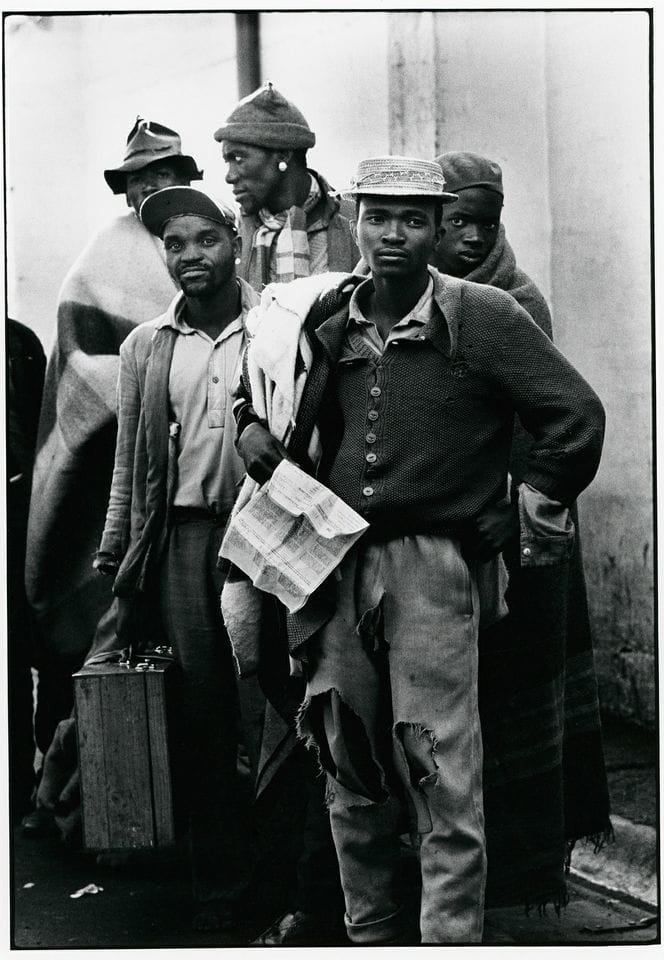
Upstairs, the collection delves into more specific events of the 60s and 70s. Afghans watch the cruel fight between two dogs and a chained bear in a German photographer’s blotchy time-lapse, suggestive of the Soviet Union and US’s power struggle during the Cold War, with Afghanistan caught in the middle.
The next room holds bizarre nude, political, and religious superimpositions which had been prohibited by the Soviet Union. Aesthetic beauty emerges in certain pieces, such as in one of a peacock tail decorating a nude young woman, demonstrating frustrations with the censorship of the times.
It is easy to reflect over and enjoy all the pieces in the exhibition – even the seemingly abstract ones – as photography and history novices thanks to the helpful blurbs accompanying the collections and to the literature produced by the Barbican.

The team has done well in engaging visitors by making them empathise with the photographs. Viewers are referred to such present-day phenomena as the globalisation of Japan with Homei Tomatsu’s exploration into Japanese post-war Americanisation.
The Far East is also considered through Li Zhensheng’s journalistic photographs of Chairman Mao’s Cultural Revolution alongside playful self-portraits that were taken in secret and had to be buried. Soldiers of the Vietnam War are covered by Larry Burrows, whose pieces documenting the conflcit are considered to be some of the finest.
The exhibition ends on a happier note, in the form of Malick Sadibé’s partying and fun during the totalitarian French colonial rule in Mali. These photographic subjects are enjoying themselves, pleasing the viewer and allowing for a way to relate to such stories.
This notion demonstrates how all the events and photographs of the exhibition are rooted in human nature – universal through time and space. This clever play on time makes you wonder how our current choices and actions will shape the memories of future generations, in the context of history as well as of personal exploration.
Everything was Moving: Photography from the 60s and 70s at the Barbican. Tickets from £7.

